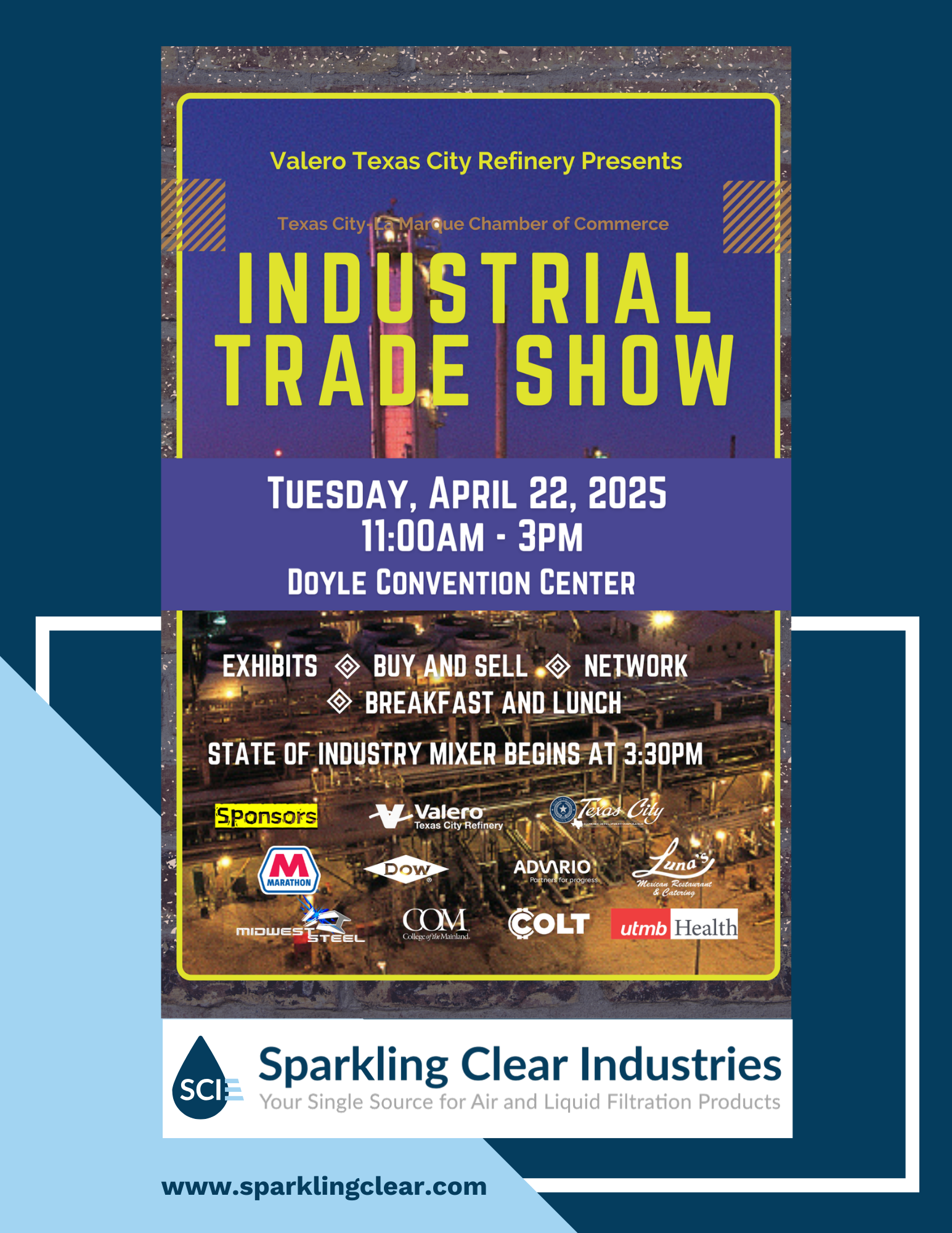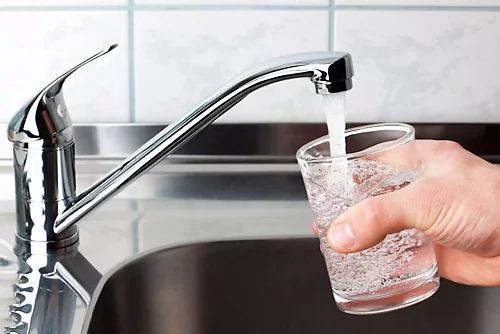Blog

April 1, 2025
Join us for a great evening of networking at Sparkling Clear Industries' Oil & Gas Industry Happy Hour! Enjoy complimentary appetizers, drink specials, and connect with industry professionals as we celebrate 40 years in business. 📅 April 10th | 📍 Schafer’s Coastal Bar & Grille | 🕔 5-7 PM. No RSVP needed—just stop by! #OilAndGas #Networking #SCI40Years

March 19, 2025
At Sparkling Clear Industries, we’ve been helping industrial and commercial businesses stay up and running for over 40 years. Our commitment to fast delivery, dependable support, and practical solutions has made us a trusted partner in the Greater Houston area. Now, we’re looking for a skilled Accountant to join our team and help us keep things running smoothly behind the scenes.
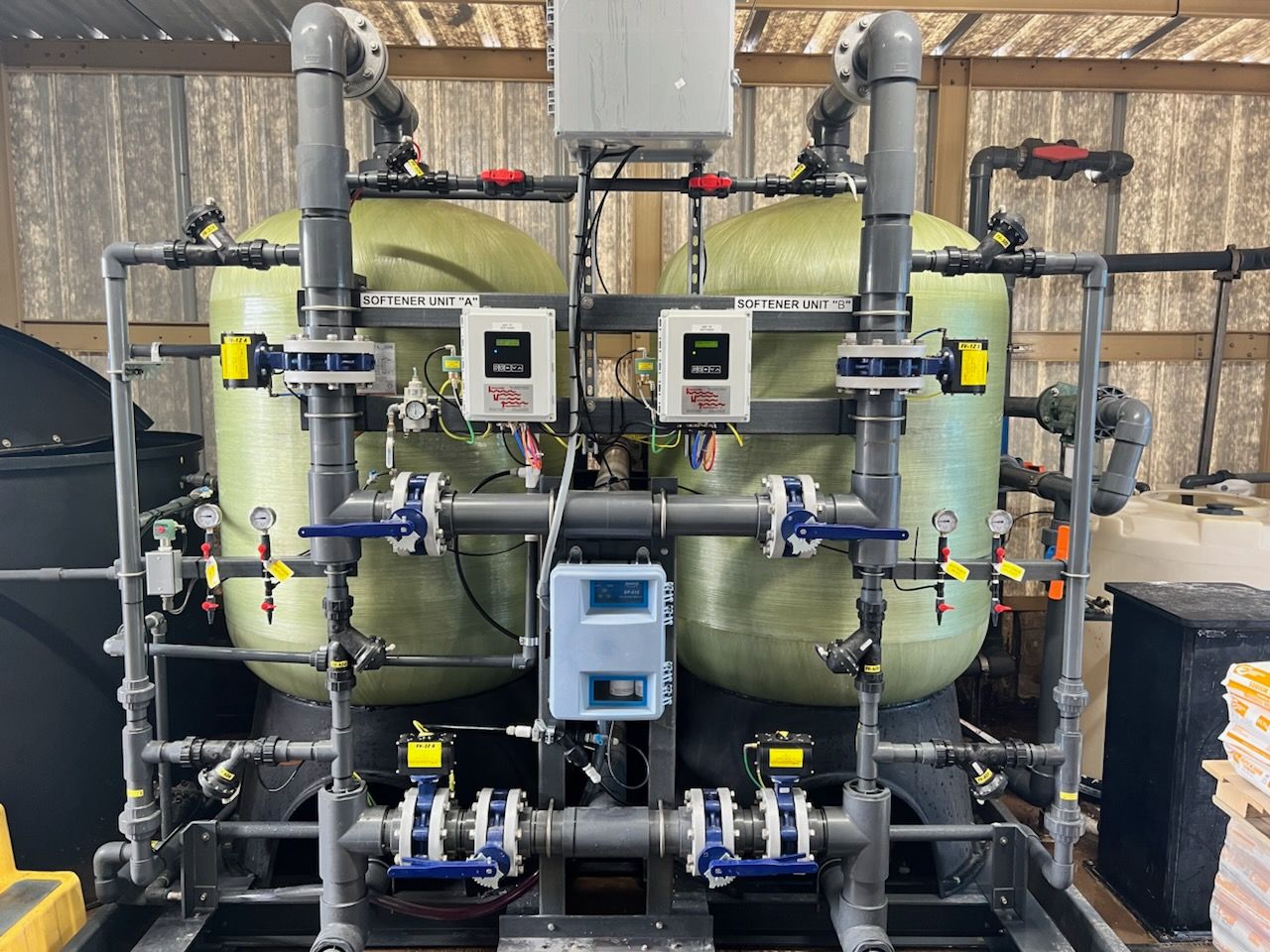
March 17, 2025
When a bleach manufacturer faced potential downtime due to a corroded water softener system , Sparkling Clear Industries stepped in with a fast and effective solution. By providing a rental unit during installation and delivering a custom-built system designed for better durability and efficiency, we ensured zero production downtime and exceeded customer expectations.
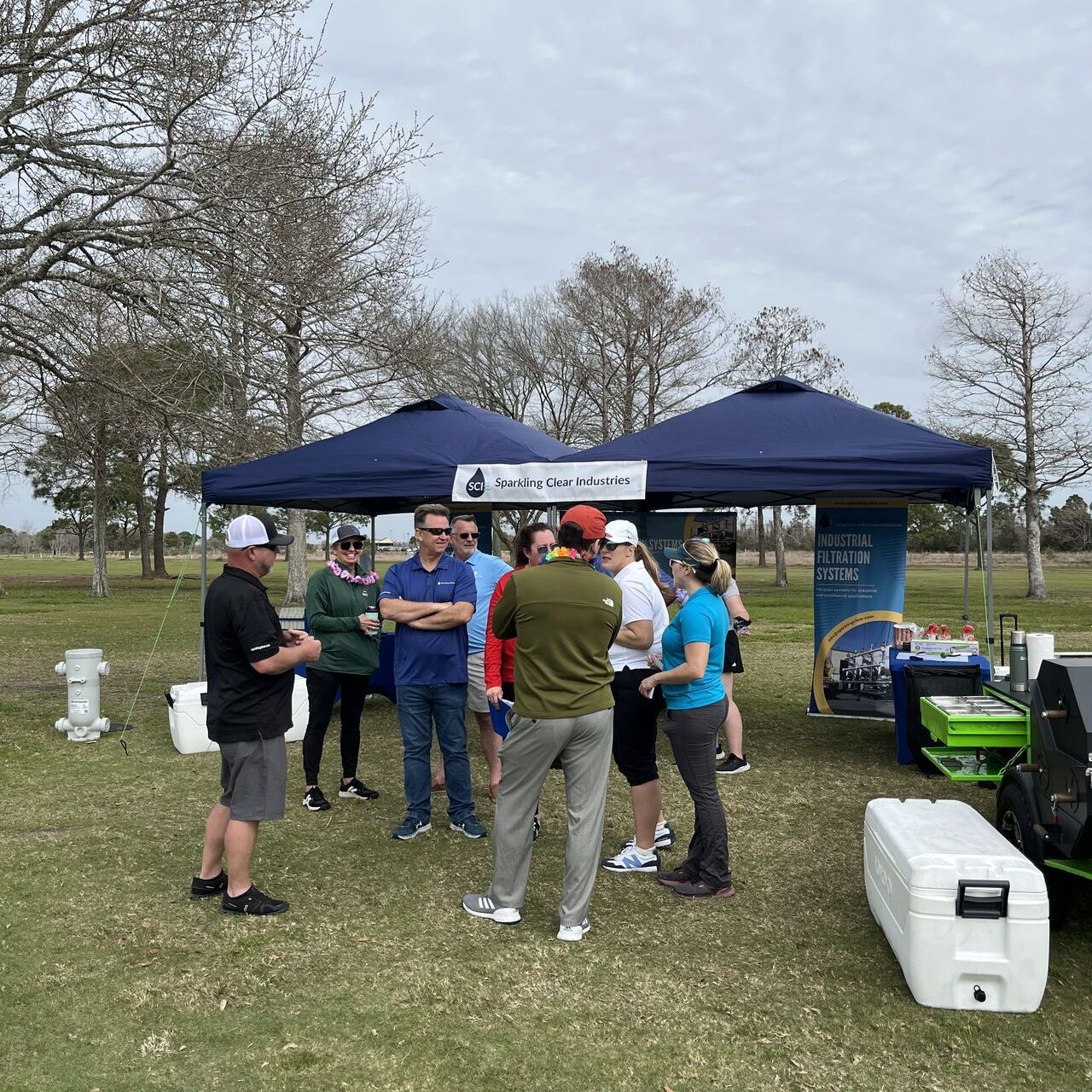
March 10, 2025
Despite a slight delay due to weather, Sparkling Clear Industries had a fantastic time at the 2025 Dow Winter Classic Golf Tournament! On March 7th, industry professionals and community supporters came together at Bayou City Golf Course in Texas City for a day of golf, networking, and giving back. This annual tournament, hosted by Dow Chemical, benefits United Way Galveston County Mainland, helping fund vital programs that make a real impact in our community. We were proud to participate and support such a great cause.
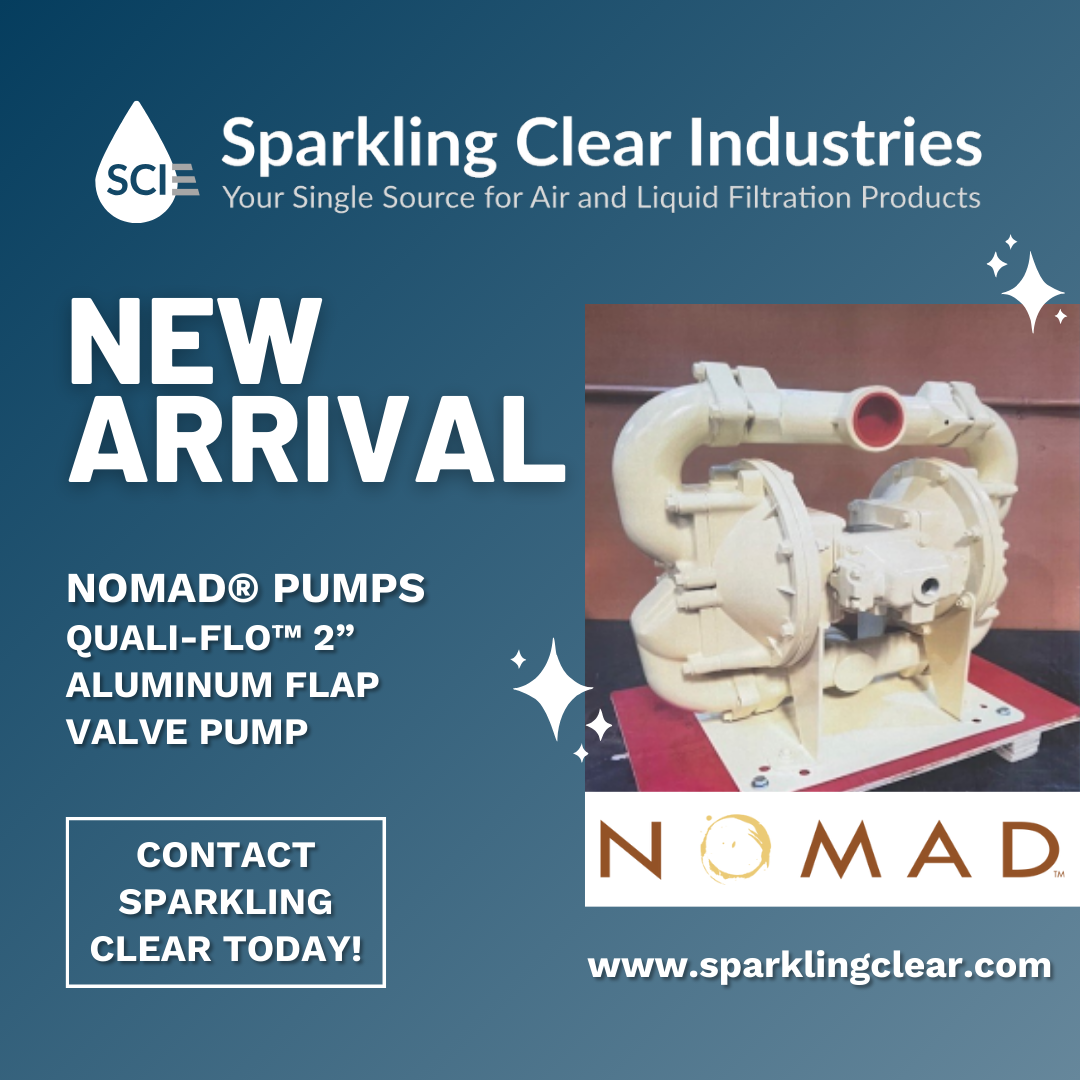
March 6, 2025
Sparkling Clear Industries is proud to distribute NOMAD® Pumps, and we’re excited to share that JDA Global has introduced the new QUALI-FLO™ 2” Aluminum Flap Valve Pump! Unlike traditional ball valve pumps, flap valve pumps are built to handle large solids with ease—making them the ideal choice for mining, construction, and marine applications. The rugged design ensures durability, while the 100% retrofittable design means a seamless replacement for a major market leader’s model.
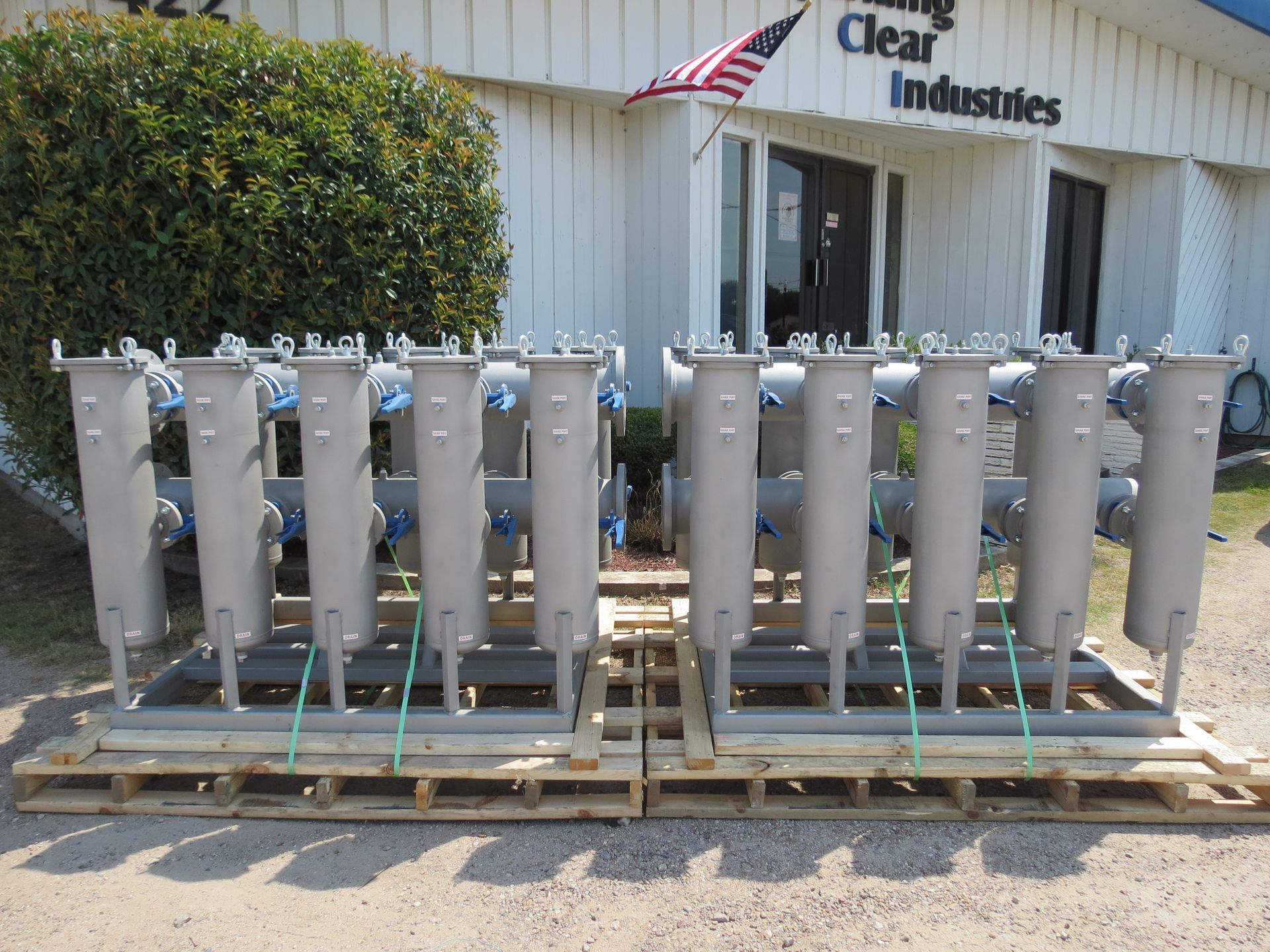
By Keith Adams
•
January 27, 2025
Businesses and industries face a lot of changes in the coming years. Advanced filtration systems are essential tools that can help meet these evolving standards before they become an issue. Here are a few ways to future-proof your businesses against water quality regulations. Managing PFAS and Emerging Contaminants One of the most pressing challenges is regulating PFAS (per- and poly-fluoroalkyl substances), also known as “forever chemicals.” PFAS have been linked to significant health risks like cancer, heart disease, and immune system disorders. Advanced filtration technologies defend against PFAS and other emerging contaminants. Three effective options that meet or exceed regulatory standards include: Reverse Osmosis (RO). RO systems use semi-permeable membranes to remove up to 99% of contaminants, including PFAS, heavy metals, and bacteria. Granular Activated Carbon (GAC). The right GAC filters can adsorb PFAS molecules, volatile organic compounds (VOCs), and other pollutants. Ion Exchange Systems. These systems target specific contaminants and bind to them during the removal process. By integrating these technologies, businesses can meet or exceed regulatory thresholds for water safety before they go into effect. It also ensures they protect their employees, customers, and reputation as our knowledge of PFAS and other contaminants continues to evolve. Supporting Sustainability Goals Advanced water filtration systems help meet sustainability-focused regulations, including those that could appear in coming years. Reducing Water Waste. Stricter laws are targeting water conservation and waste reduction across industries. New filtration designs and custom filtration services allow for things like closed-loop systems that recycle used water. Lowering Environmental Impact. When the situation allows, advanced filtration processes like UV disinfection or ozone treatment minimize reliance on chemicals, reducing both cost and environmental risk. Compliance with Green Certifications. Compliance with green initiatives often comes with benefits like tax incentives or operational grants. Modern systems designed to meet water efficiency and waste reduction benchmarks help businesses achieve these certifications more easily. Businesses who take a sustainability approach to their water filtration systems will future-proof themselves to rising environmental standards and position themselves as leaders in environmentally responsible practices. Staying Prepared for Water Quality Crises The winter storm of January 2025 showed us that emergency preparedness should be a top priority to avoid or minimize regulatory issues during unexpected events. A few ways advanced systems help mitigate these risks include: Rapid Response Capabilities. Portable filtration units or mobile treatment systems can be deployed to manage emergencies quickly. Real Time Warnings and Automatic Controls. Using filtration and quality controls like real time meters, alarms, and pH regulators can help businesses deal with issues before they build up into regulatory breaches. System Redundancy. Designing systems with backup capabilities ensures uninterrupted compliance even during disruptions like frozen pipes or blockages from storm debris. Businesses can minimize compliance risks and stay prepared for future challenges by adopting filtration systems that can quickly adapt to unplanned situations. This proactive approach will safeguard against fines and penalties, ensure operational continuity, and future-proof your system against sudden regulatory issues. Sparkling Clear Will Help Future-Proof Your Filtration Systems If your business is ready to upgrade its water filtration systems to meet the latest and future regulatory challenges, contact us today. Our team will provide tailored solutions designed to keep your operations compliant and running smoothly.
We'll help you find the product/equipment you need, so you can focus on running your business.
© 2025
All Rights Reserved | Sparkling Clear Industries, Inc® | Privacy

